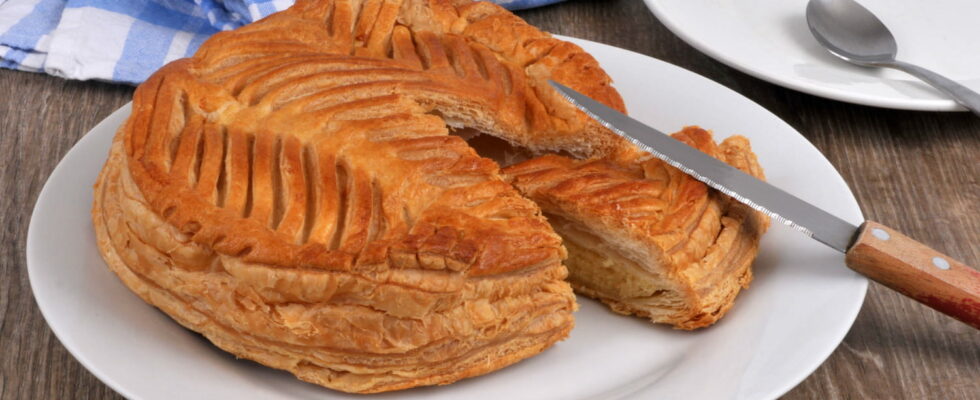The result: half the calories.
January 6 is Epiphany. The opportunity to draw kings and eat galette, a pastry made of puff pastry and frangipane. A tradition dear to many people which is not without consequences on blood sugar levels (blood sugar levels) and weight to the extent that one portion provides around 400 calories and 10 grams of sugar. You must therefore keep in mind that the king cake is (very) caloric and that it is better to eat it occasionally. If you buy it in a bakery, choose a galette with applesauce or a brioche des rois which are slightly less caloric than the traditional galette. The best thing is to make it yourself to control the quantity of butter and sugar and reduce the impact on blood sugar.
The trick to know here is to lighten the traditional frangipane made from pastry cream and almond cream by replacing the white sugar with coconut sugar. This has a much lower glycemic index and is an interesting source of nutrients (potassium, magnesium, zinc, antioxidants). But also swap almond powder for almond flour. “Unlike almond powder, the flour has been degreased. It therefore contains a higher content of proteins but lower in carbohydrates and lipids. The energy value of the flour is thus reduced by approximately 50% compared to almond powder, in other words, it is half as caloric.“, explain the millers of the Max de Génie company.
Almond flour helps maintain the good vanilla and sweet taste characteristic of the pancake (for an even more pronounced almond taste, add two drops of bitter almond extract to the filling). In addition, its richness in protein makes it a more filling product. You will get used to it more quickly and will more easily avoid taking part again.
Last tip for “limit the damage on the glucose side, the best is to consume the galette des rois only as a dessert – therefore neither in isolation, nor at breakfast – in a reasonable portion, 1 to 2 times a week in January (not at every meal)“, recommends Dr. Pierre Nys, nutritionist-endocrinologist in his book “L’alimentation Glucose Control” (ed. Leduc).
